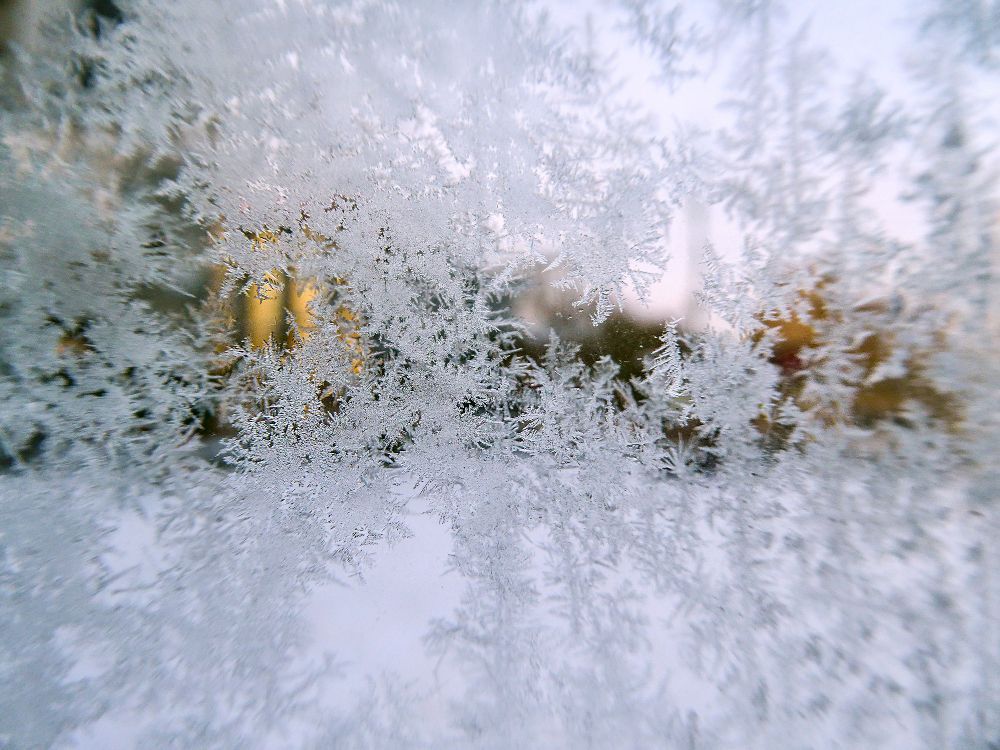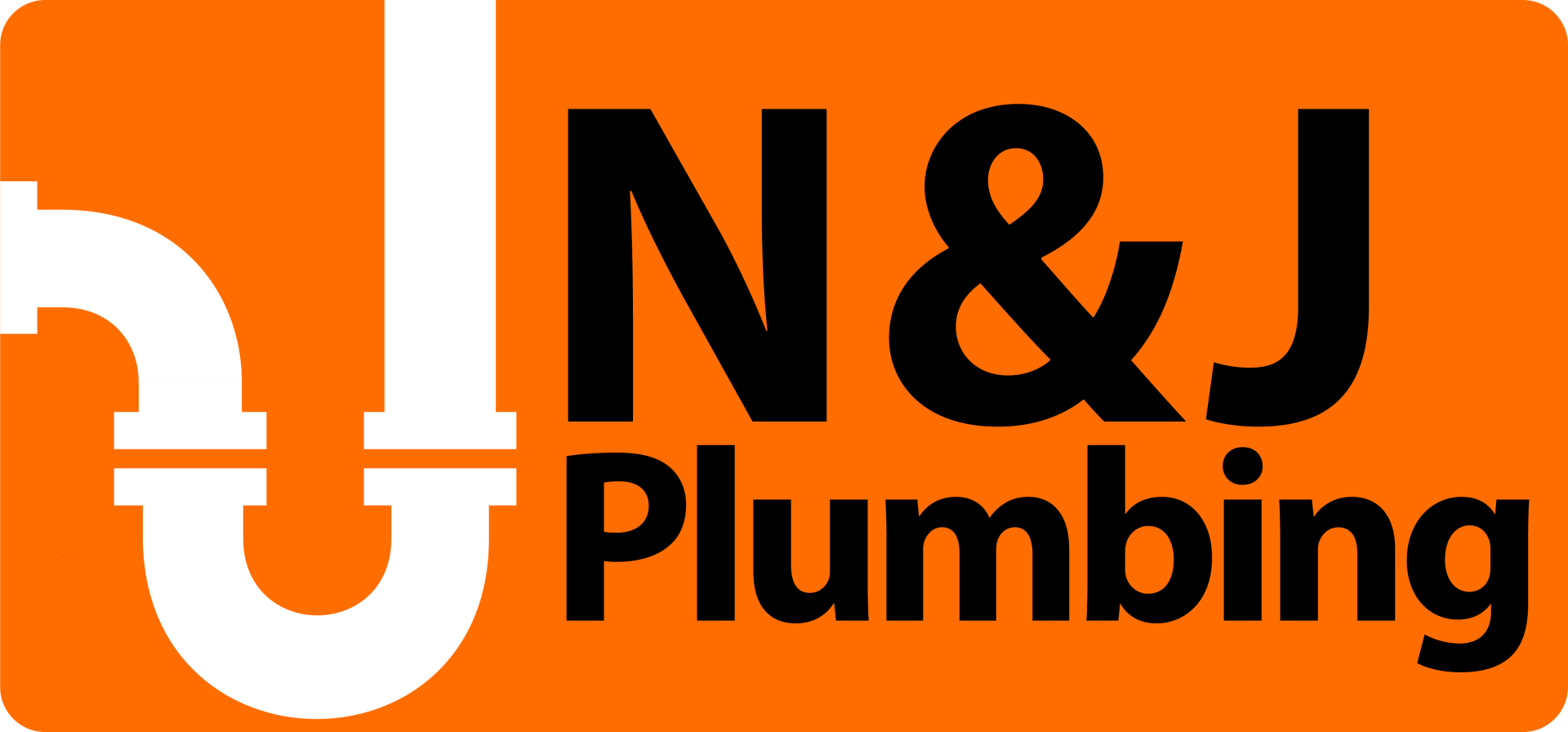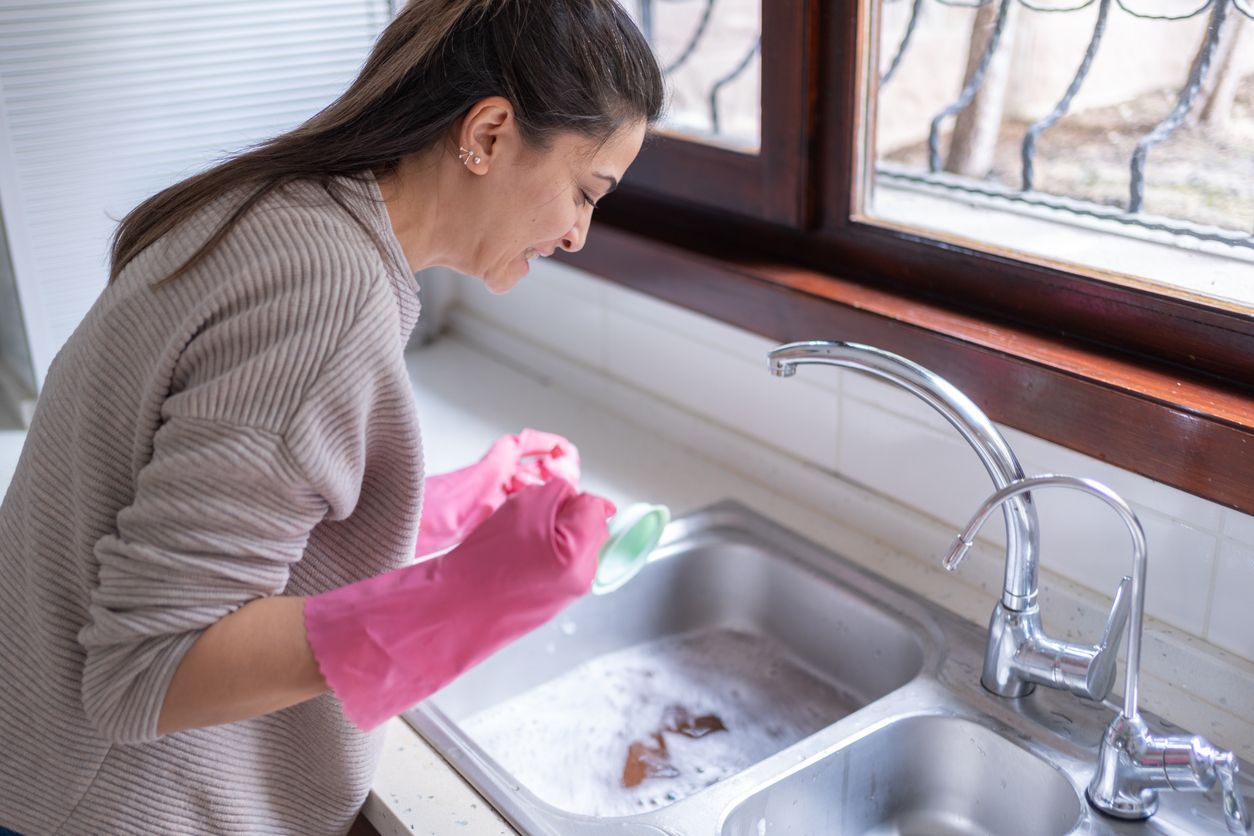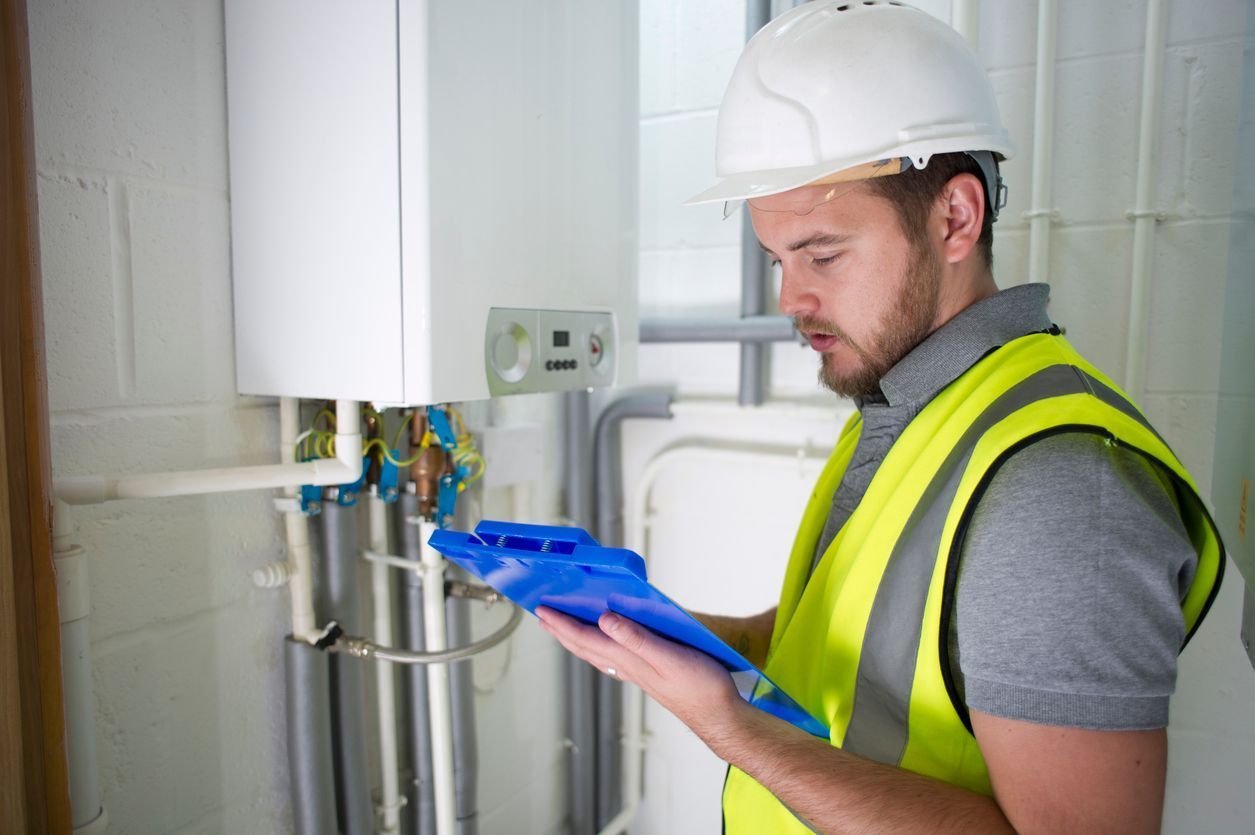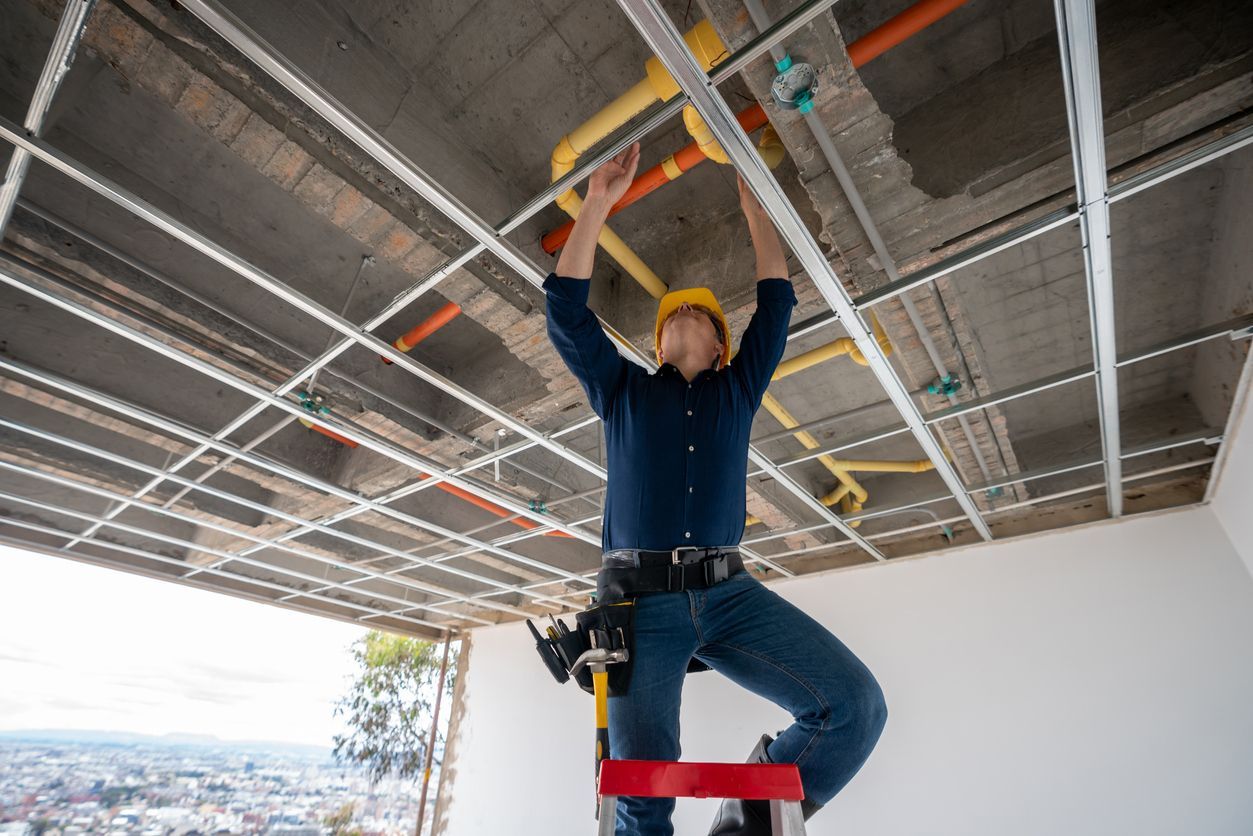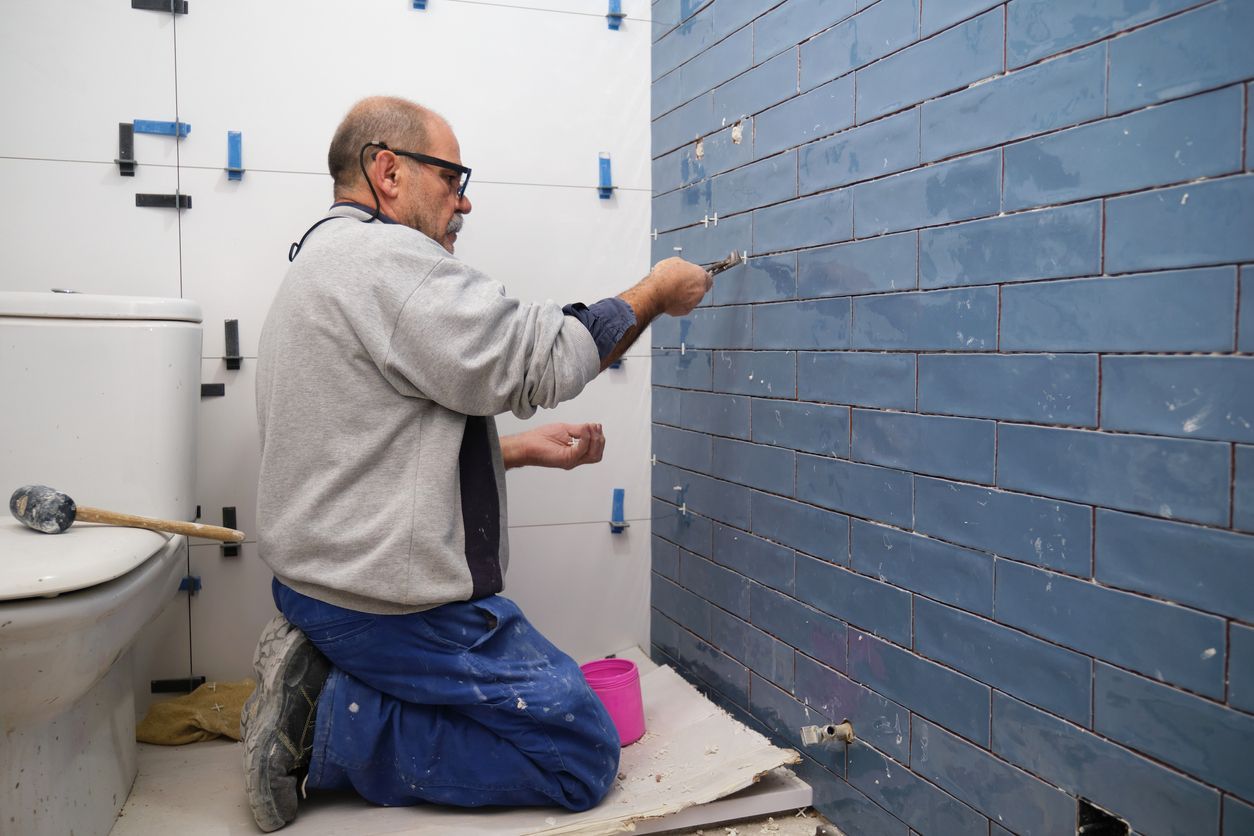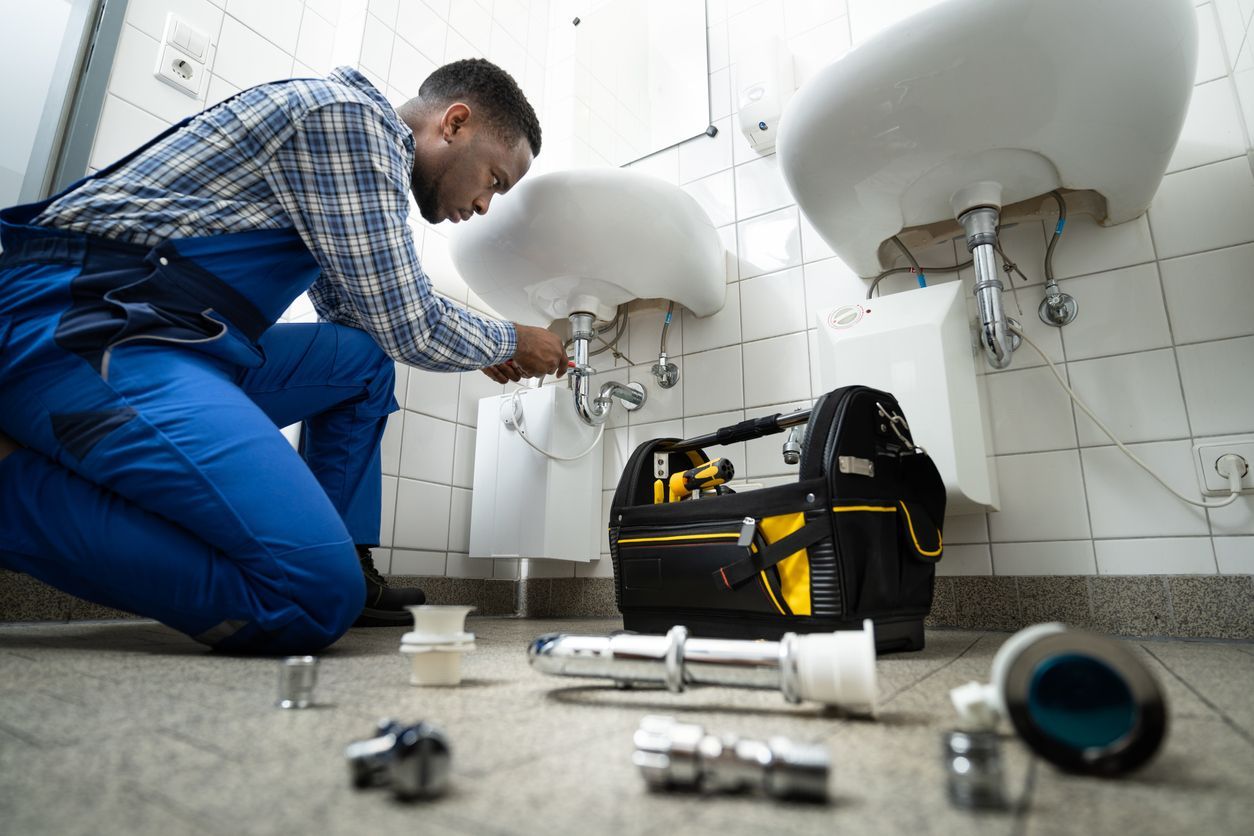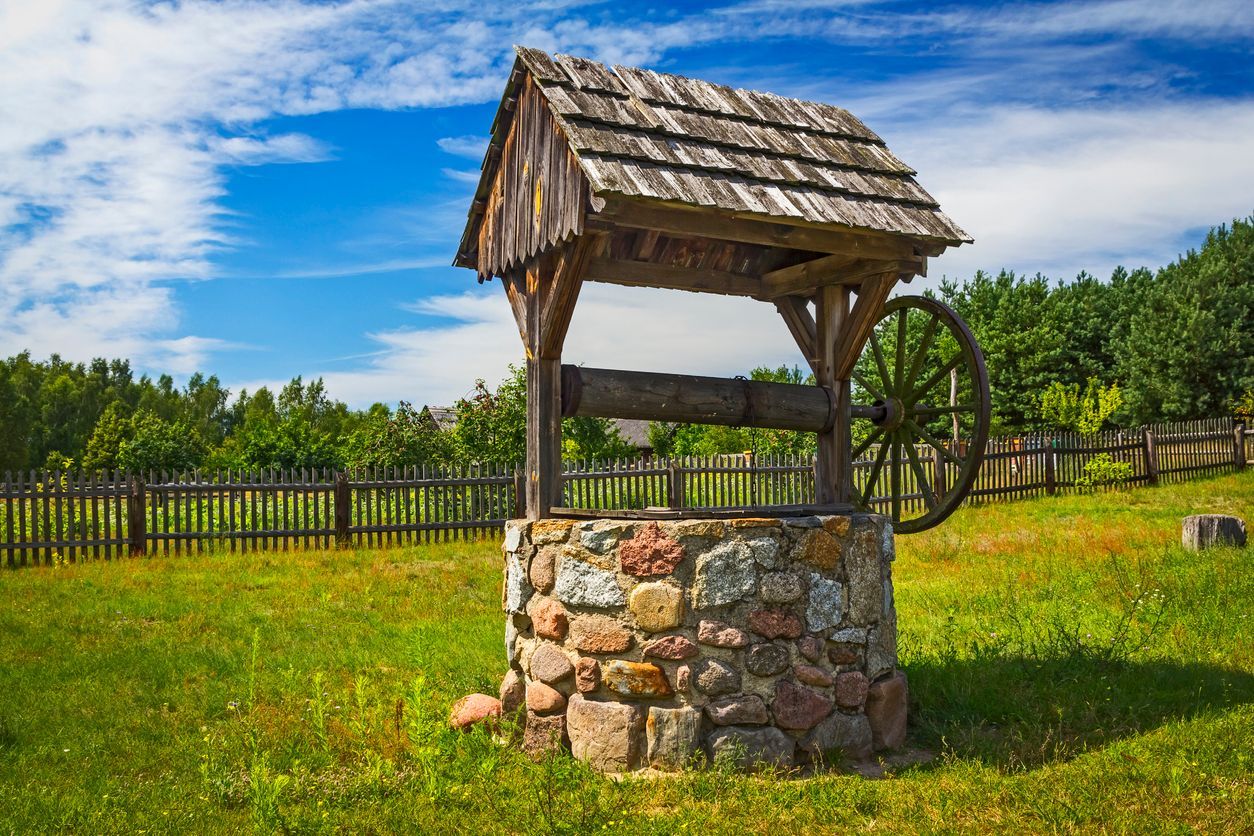Well Water Pressure: Understanding the Factors that are Affecting It
Knowing the factors affecting your well water supply.
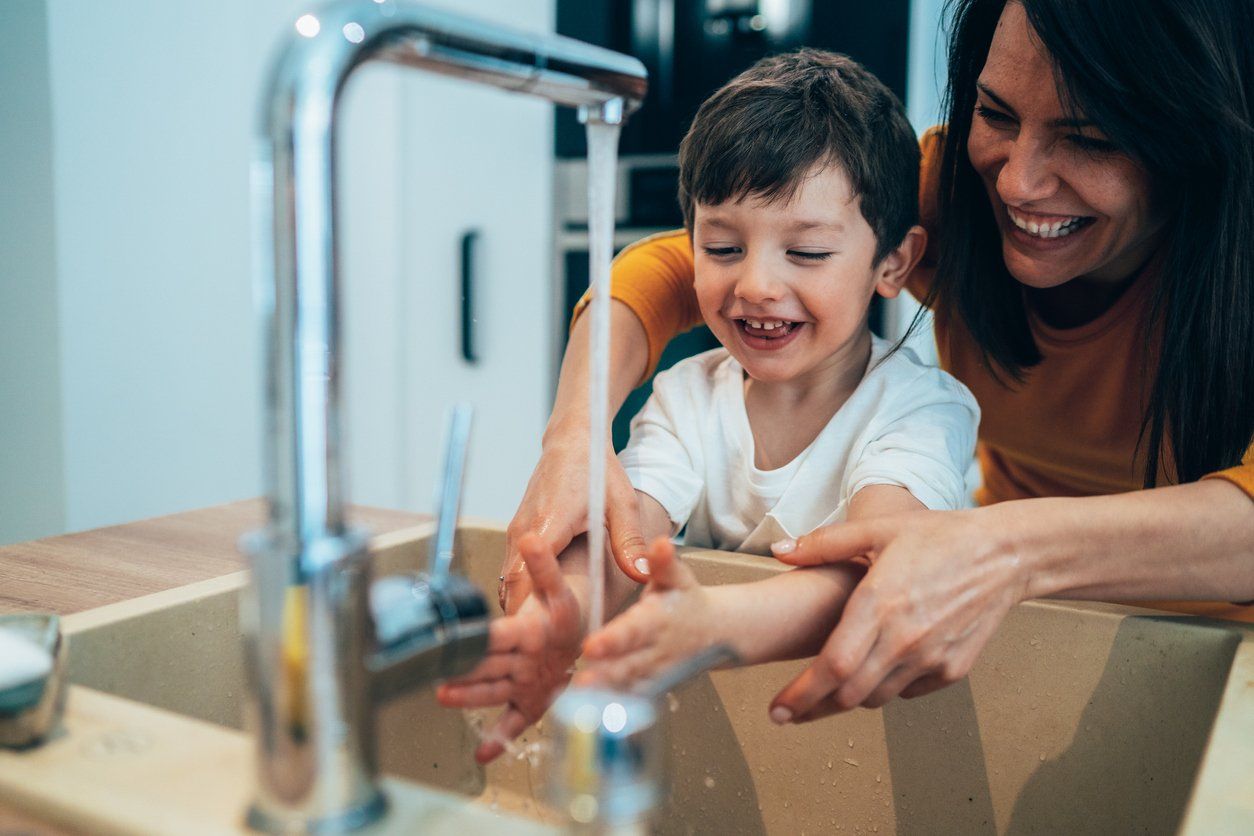
Having a well at home can save you a lot of money over time, but they also require maintenance that you're responsible for. One common issue you'll encounter is low or fluctuating well water pressure. We understand the lack of pressure can be frustrating, so we've put together this list of common problems that affect well water pressure.
However, well issues are often more challenging to diagnose and fix due to some parts being inaccessible.
Common Factors Affecting Well Water Pressure
Hard Water
If you have a sediment filter installed, then you should check it first when having pressure problems. Sometimes, cleaning the filter is all it takes to bring your water pressure back up. If you haven't already, you should consider testing your water for iron bacteria. Not only will iron bacteria cause hard water stains, but they can also clog your pipes over time, affecting the water pressure. In addition, iron bacteria can clog the nipple fitting, which can cause the pressure switch to sense the pressure inaccurately.
Valves
If any of your valves are partially closed, they can reduce your water pressure. Check any gate and ball valves you can find around your well system. Make sure they open appropriately and inspect for any leaks or corrosion. Replace any valves that are damaged and leaking.
Pressure Tank
Your well pressure tank holds water for your house along with air. Air compresses, and water fills the tank. When the tank reaches its preset level, it automatically shuts off. Anytime you use water, the pump refills the water supply and pressurizes the air inside. If you have problems with your pressure tank, then it can directly affect your water pressure. Also, pressure tank issues can put a strain on your well pump, causing it to fail. Some homes also do not use a pressure tank, which will also reduce the life of your well pump.
To check if your pressure tank is working correctly, you have to drain it. Draining allows you to check pressure levels and drain out any sediment at the bottom of the tank that could clog your pipes. First, switch off the power to the pump and find the drain spigot. Then attach a hose and turn on the valve to drain the water. Once the gauge reads zero, the draining is complete.
On the top of your tank, you'll see a small removable cap. Remove the cover and attach your gauge to read how much air is in your tank. What the pressure should be will vary on your particular tank and setup. If your meter reads zero, then your pressure tank is likely failing. In this case, it's best to consult a professional for assistance. Additionally, if you are unable to access your pressure tank, you should call a professional.
Well Pump
There are two types of well pumps: submersible pumps and jet pumps. Submersible pumps are usually located deep in the well where it is difficult to access them. In contrast, jet pumps are typically mounted above the well resulting in easier access. The pump's job is to push water into the pressure tank and your home.
If the pump frequently cycles on and off, you notice air coming out of your faucets, or it's noisy, then your water pump might be faulty. Since the pressure switch often causes pump issues, you should check it initially. First, shut off your breaker. Then remove the cover from your pressure switch and check for signs of burning, melting, or other damage. If the damage looks severe, it will likely need to be replaced.
Some causes of low water pressure in wells can be easily fixed, while others are more challenging. If your well is having problems and you can't access the parts or don't feel comfortable, then please contact N & J Plumbing today. We offer free estimates and are glad to help.
